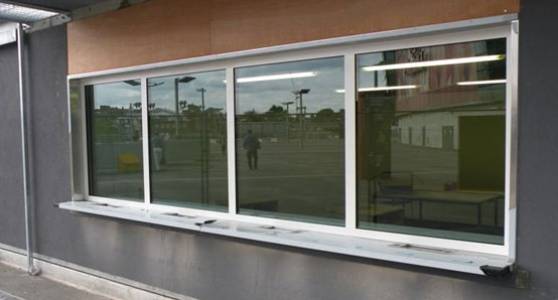
Laminated glass is a superior safety and performance glazing solution, offering enhanced security, noise reduction, and UV protection compared to traditional annealed glass. It's constructed by bonding two or more layers of glass with a strong, transparent interlayer, typically polyvinyl butyral (PVB) or SentryGlas®. This interlayer is the key to laminated glass's unique properties.
Key Features and Benefits:
Specifications:
Choosing the Right Laminated Glass:
The optimal type of laminated glass depends on the specific application and desired performance characteristics. Factors to consider include:
Contact us today to discuss your specific needs and receive a customized quote for your laminated glass project.